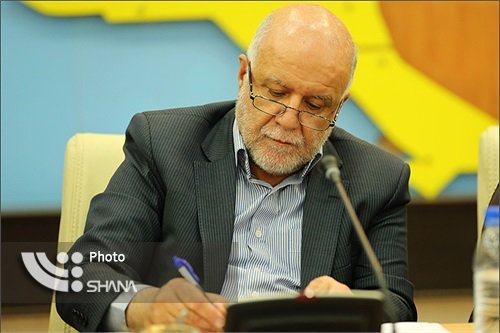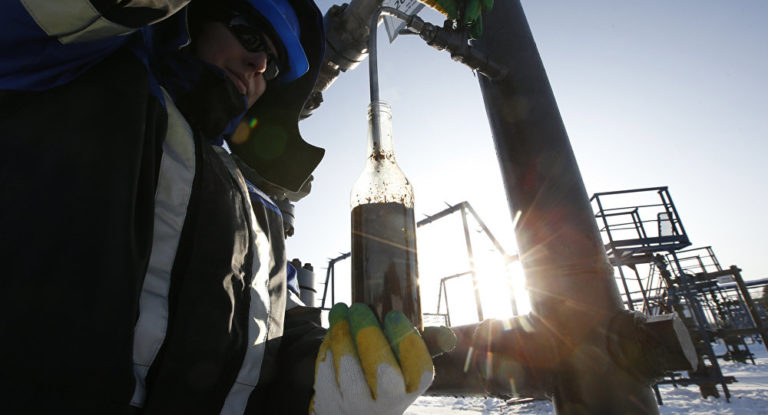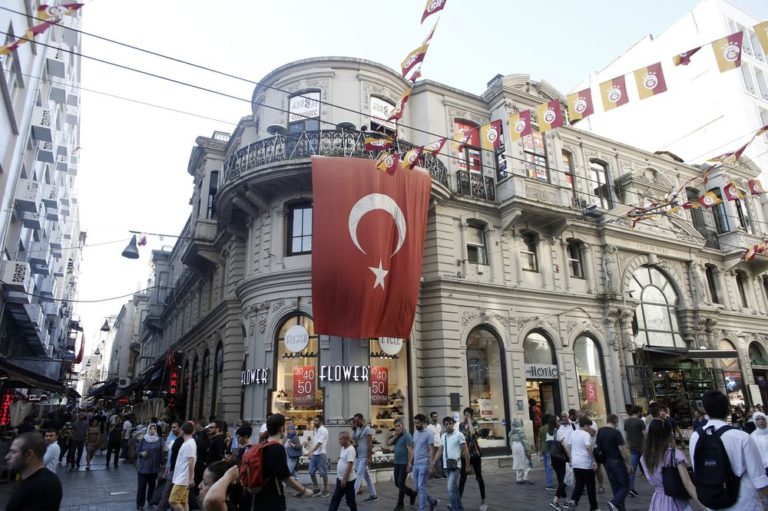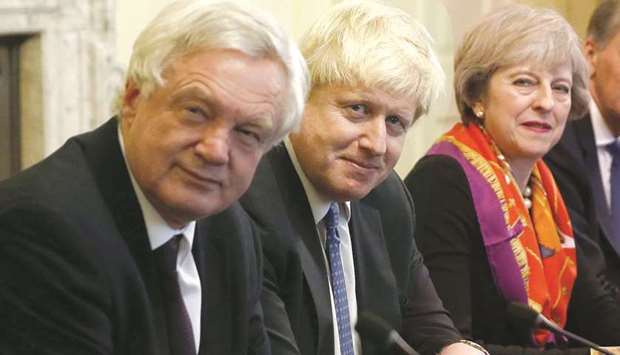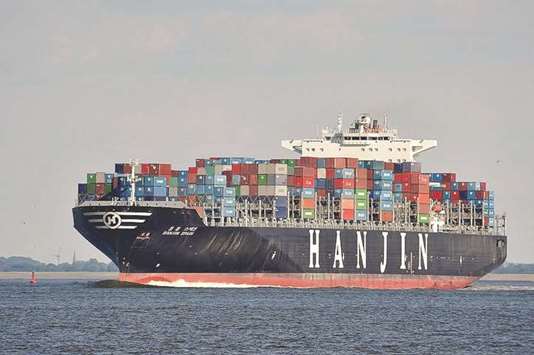It was the moment Saudi Arabia’s reforming young prince told the world he meant business. In early 2016, Mohammed bin Salman said he planned to sell shares in the kingdom’s crown jewel: Saudi Aramco, the giant energy company that produces 10% of the world’s oil and finances the Saudi state. The initial public offering — planned for 2018 — would be the deal to end all deals, raising more than $100bn for a new sovereign wealth fund, creating the world’s most valuable listed company, and funnelling hundreds of millions of dollars in fees to Wall Street’s elite banks. MBS, as the 32-year-old crown prince is known, said the company would be worth at least $2tn — more than double the current market valuation of Apple Inc — and perhaps as much as $2.5tn.
Two years later, things look very different. A combination of hubris on the valuation, an overambitious timetable, and indifference — if not derision — from global investors doubtful that an IPO would benefit them, has forced Riyadh to delay the sale until at least 2019. And many observers — including members of the company’s senior leadership — doubt whether it will happen at all. Aramco has become the zombie IPO.
Add Donald Trump to the mix. While the US president has said he’s excited about the idea of Aramco selling shares in New York, keeping the price of gasoline under control seems far more important. With Republicans facing tough midterm elections in November, he’s pressured Saudi Arabia to pump more oil, and cheaper crude means a lower valuation for the company.
For MBS, the IPO has faded in importance as he grapples with an agenda crowded with social and economic reforms at home and an assertive foreign policy. He may also not need the money as much as he did at the outset of his mission to change the country. Saudi authorities this year reached agreements to recover more than $100bn (the same amount the Aramco IPO was supposed to provide) from a controversial corruption investigation that saw many of the kingdom’s most prominent subjects imprisoned at the five-star Riyadh Ritz-Carlton.
Already, senior officials have started to soften expectations for the IPO. “The timing isn’t critical for the government of Saudi Arabia,” Khalid al-Falih, the energy minister, told an industry conference in June. While “it would be nice if we can do it in 2019,” the minister said, “there is a lot more at stake than just ticking a box and say, ‘We got this out of the way.’ ” Aramco didn’t respond to requests for comment for this story.
Delaying the IPO beyond 2019 — or even shelving it — would be a setback to MBS’s plan to transform Saudi Arabia and leave the kingdom open to suggestions that it’s not truly serious about overhauling its economy. But it would also be a victory for environmentalist in Europe and America who say international investors should begin turning their back on oil and prepare for the switch to an electric transport system.
Aramco is a company like no other. Its profits easily outstrip those of every other company on Earth, from Apple to Exxon Mobil Corp. The billions of petro dollars it pumps out every month underpin the kingdom’s decades-old social contract: generous state handouts in return for the political loyalty that maintains stability in the country. Those dollars also finance the lavish lifestyles of hundreds of princes. For decades, diplomats have joked that Saudi Arabia is the only family business with a seat at the UN. As the world’s largest petroleum producer, Aramco is key for global economic growth and international security. At one point during the Arab oil embargo in the 1970s, the US even considered the possibility of seizing the company’s oil fields by force, according to declassified British intelligence papers.
The company finds itself caught in geopolitical crosswinds once again. Riyadh needs higher oil prices to fund its national budget and get the Aramco valuation closer to the $2tn target MBS wants. But that’s antagonising Trump — Saudi Arabia’s most important ally — and other customers, notably China and India, the world’s second- and third-largest oil consumers.
On April 20 the US president took to Twitter to lambaste the Saudis’ push for higher oil prices. “Looks like Opec is at it again,” Trump tweeted. “Oil prices are artificially Very High!” Since then, Trump has issued more tweets about oil, Saudi Arabia, and the Organisation of Petroleum Exporting Countries. In one, he said he’d persuaded Saudi King Salman to raise production in order to lower prices.
The problem isn’t just Washington, Beijing, and New Delhi. Moscow, which for the last two years has supported the Saudis in boosting oil prices by curbing oil output, has called time on the production cuts. Vladimir Putin said at the end of May that Moscow would be happier with $60 a barrel than the $80-plus the Saudis are aiming for.
The Saudis duly delivered. In late June they announced that Opec and its allies will increase production by as much as 1mn barrels a day — equal to about 1% of global demand. At the St Petersburg International Economic Forum, al-Falih pledged to do “whatever is necessary to keep the market in balance,” echoing the famous pledge made by Mario Draghi, the head of the European Central Bank, to save the single currency at the height of the euro crisis in 2012.
All of a sudden, Riyadh couldn’t push for the higher oil prices it needs to achieve the Aramco valuation it wants. “This is a pivotal change from recent months,” says Olivier Jakob, managing director of Swiss-based consultant PetroMatrix GmbH. “We are back to the days when Saudi Arabia had to respond to US requests for a cap on gasoline prices.”
The IPO process started in January 2016, when MBS told the Economist that Riyadh was considering selling shares in Aramco, which the kingdom nationalised in 1976 when it took over the stake of its American owners. “Personally, I’m enthusiastic about this step,” he said. “I believe it is in the interest of the Saudi market, and it is in the interest of Aramco.” Nowhere was the surprise greater than at Aramco itself, where senior officials weren’t expecting the announcement, according to people with direct knowledge of the events who asked not to be named to avoid damaging their relationships with the kingdom.
For months, Saudi officials said again and again the IPO was “on track, on time” for the second half of 2018, with a sale on both the Tawadul, the local stock market, and a foreign stock exchange, most likely New York or London. Late last year, Saudi officials poured cold water on the foreign exchange, sketching a plan for a far less ambitious IPO just in Riyadh.
Then, earlier this year, when it became obvious the process was delayed, officials shifted their narrative, saying the sale would happen “most likely” in 2019. Now the guidance has weakened again. The Saudis are adamant the IPO has simply been delayed rather than cancelled. Yet signs the deal is deep in the long grass abound.
Inside Aramco, key executives working on the project have left or moved. Abdullah bin Ibrahim al-Saadan, a 30-year veteran who as chief financial officer was the most senior executive working on the IPO’s day-to-day preparations, left in June to become the chairman of the Royal Commission for Jubail and Yanbu. Aramco has yet to announce a permanent replacement for al-Saadan; another executive is working in an acting capacity as CFO. Motassim al-Maashouq, another key executive on the IPO project, has been asked to take on new responsibilities.
Wall Street is also feeling the delay. In January, Aramco called global banks to pitch for IPO roles, joining the lenders that have so far done most of the preparatory work — JPMorgan Chase, Morgan Stanley, HSBC Bank, Moelis, and Evercore. Nearly six months later, banks hoping to win new mandates, including Goldman Sachs Group and Citigroup, are still waiting for a call from the company. “Without explanation, they’ve gone quiet,” says a banker who’d hoped to participate.
The main problem is valuation. There’s a wide gulf between MBS’s ambitious $2tn target — which the prince says is non-negotiable — and the $1tn to $1.5tn that most analysts and investors see as more realistic, according to two persons directly involved in the internal discussions. The gap between what the market thinks Aramco is worth and what the Saudi royals want is so wide that, even at the narrowest end it would overshadow the combined value of America’s two largest oil companies — Exxon Mobil and Chevron Corp In May, al-Falih said the company was ready for an IPO but investors weren’t. “We are ready,” he said. “We’re simply waiting for a market readiness for the IPO.”
The valuation problem has become more visible after Bloomberg News disclosed the first accountings of Aramco since its nationalisation almost 40 years ago. The leaked documents included the company’s tax regime, until now secret. The accounts showed that Aramco was the world’s most profitable company, churning out $33.8bn in net income the first six months of 2017 — before taxes. Much of the cash the highly taxed company generates is channelled as royalties into the Saudi government budget. How can investors be sure the government won’t raise taxes on the company to pay for more social or military spending, especially when the government already needs a price of about $80 a barrel to break even?
Even higher oil prices won’t help the valuation as much as they might, because Riyadh has overhauled the royalty system to mean the government gets more cash as crude rises. A marginal rate of 20% of revenue is due for oil prices up to $70 a barrel, 40% between $70 and $100, and 50% above $100. The government also widened the volume of crude covered by the royalties. Previously, the royalty was applied to exports. Now, it’s on production. The increase is almost a third to a fourth of the previous volume covered.
For potential investors, the Aramco conundrum goes beyond the valuation. They may also be spooked by the politics involved in the way oil is priced. Aramco’s production has always been determined by the state; it must fit into what’s decided by Opec, where Saudi Arabia is the leading member. That creates potential conflicts between what works for the government in Riyadh and what maximises investor returns.
Fund managers also worry that the value of oil fields could dwindle as governments ramp up their efforts to reduce fossil fuel consumption to fight climate change. The spread of electric vehicles, for example, will reduce demand growth over the next two decades. In May a group of investors including Standard Life Aberdeen, Fidelity Investments, and Legal & General Group warned oil companies about the risk of global warming. “As long-term investors, representing more than $10.4tn in assets,” they said in an open letter, they believed “the case for action on climate change is clear.”
The government has options should it decide to get the IPO done quickly. It could slash tax rates on the company to juice its valuation and look to take the money back in dividends. A face-saving private placement — selling a stake in Aramco to a Chinese enterprise without the public exposure of how much money was actually raised in the transaction — is also possible. Officials have openly discussed a sale — in effect, a distribution of a few shares each to Saudi citizens — that would take place only in the country’s stock market. “I’m sure there will be a form of sale of Saudi Aramco in a market, but it’s unclear which market and exactly how,” says John Browne, who ran British oil giant BP Plc for more than a decade.
“I’m reluctant to use the word IPO.”
The once-in-a-generation deal MBS promised in 2016 seems a long way off.
